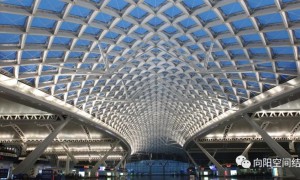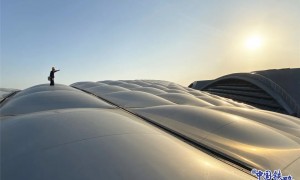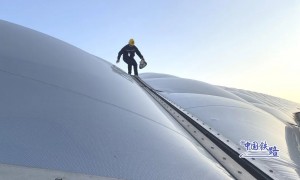优良部品+正确的使用方式+详细的使用说明+产业工人=质量
这两个词是否能够解决标志着产品的成熟程度
CLADDING:
Cladding in construction is material applied over another to provide a skin or layer and used to provide a degree of thermal insulation and weather resistance, and to improve the appearance of buildings. Between the cladding and the wall there is a cavity where rain can run down.
材质有:木材、PVC、铝合金、彩钢板、水泥制品板等等
水泥制品:如何安装外墙水泥纤维挂板及檐口
铝合金制品:建筑产业现代化离不开装修方式的升级2
FLASHING:
Flashing refers to thin pieces of impervious material installed to prevent the passage of water into a structure from a joint or as part of a weather resistant barrier(WRB) system. In modern buildings, flashing is intended to decrease water penetration at objects such as chimneys, vent pipes, walls, windows and door openings to make buildings more durable and to reduce indoor mold problems. Metal flashing materials include lead, aluminium, copper,[1] stainless steel, zinc alloy, and other materials.
根据部位的不同命名
Flashing types are named according to location or shape:
-
Roof flashing
placed around discontinuities or objects which protrude from the roof of a building to deflect water away from seams or joints and in valleys where the runoff is concentrated.
-
Wall flashing
may be embedded in a wall to direct water that has penetrated the wall back outside, or it may be applied in a manner intended to prevent the entry of water into the wall. Wall flashing is typically found at interruptions in the wall, such as windows and points of structural support.
-
Sill flashing (or sill pan)
A concealed flashing placed under windows or door thresholds to prevent water from entering a wall at those points.
-
Roof penetration flashing
Used to waterproof pipes, supports, cables, and all roof protrusions. Stainless steel penetration flashings have proven to be the longest lasting and most reliable roof flashing type.
-
Channel flashing
Shaped like a “U” or channel to catch water (e.g., where the edge of a tile roof meets a wall).
-
Through wall flashing
Spans the thickness of the wall and directs water to weep holes.
-
Cap flashing (drip cap)
Often used above windows and doors.
-
Drip edge
A metal used at the edges of a roof.
-
Step flashing (soaker, base flashing)
Pieces of flashing material which overlap each other in “steps”.
-
Counter flashing (cap flashing)
Covers a base flashing.
-
Pipe flashing (pipe boot, vent boot, pipe flange)
A product used where pipes penetrate roofs.
-
Chimney flashing
A general term for flashing a chimney.
-
Kickout flashing
At the very bottom of a roof/wall intersection, the lowermost step flashing specially formed to deflect water away from the wall.
-
Valley flashing
In the valley of two intersecting roof planes.
A structure incorporating flashing has to be carefully engineered and constructed so that water is directed away from the structure and not inside. Flashing improperly installed can direct water into a building.








